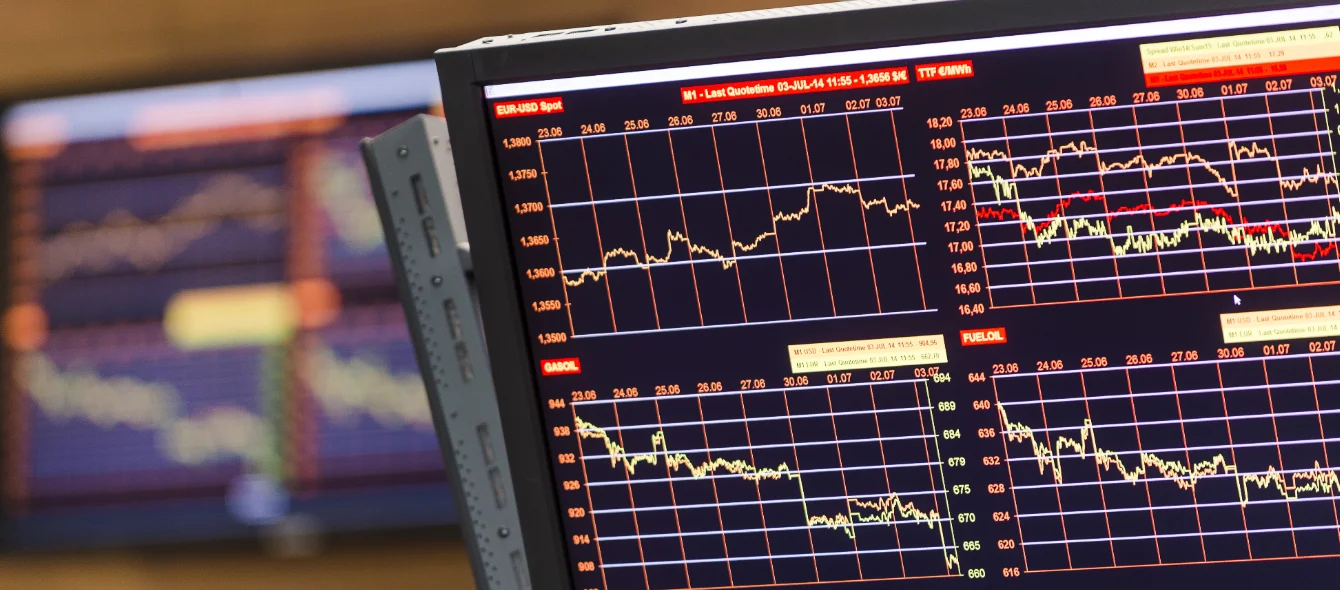No-one could have predicted that the recent reforms to the EU Emissions Trading System (ETS) would experience such a severe test so soon.
ETS carbon prices have taken a serious hit as a result of Covid-19, falling from around €24.28/mt at the start of the year to a recent low of €15.24/mt March 18, a precipitous drop of 37%. However, by April 8, they had recovered significant ground to trade at just over €21/mt. Since then they cost around €20/mt.
EU ETS carbon allowance prices in 2020 (€/mt)
The rapid fall in price reflected reduced industrial and commercial demand for electricity, owing to the curtailment of non-essential economic and social activity as governments imposed radical measures to contain Covid-19. Much reduced transportation demand also meant lower oil product use, lowering refinery throughput, another source of emissions and demand for allowances.
However, the recovery in April suggests the recently reformed ETS is much more resilient to such a demand-side shock than in the past.
Hard lessons well learnt
Carbon prices were very weak in the period 2010-2018. There were a number of factors contributing to this, but one of the principal ones was the impact of the 2008/09 financial crisis, which caused a contraction in the EU economy of 4.3% in 2009.
The contraction meant less demand for power and other industrial products, leaving a surplus of CO2 allowances in the ETS, keeping prices low. This, in turn, meant there was only a weak carbon price incentive for investment in low carbon technologies or, for example, switching from coal-fired generation to cleaner gas-fired generation.
In that period of the ETS, the number of carbon allowances in the system was reduced by a fixed percentage each year, but there was no mechanism to adjust for an unexpected demand-side shock. As a result, in the aftermath of the financial crisis, the EU undertook a process of reform, which culminated in the creation of the Market Stability Reserve (MSR), amongst other measures.
In its assessment of the MSR, the European Court of Justice said the aim was “to render the ETS more resistant to any future event on a sufficiently large scale as to disturb seriously the balance between the supply and demand of allowances.”
Covid-19 is just such an event.
Reform strength
The MSR, which began operating in January 2019, sets a threshold for the number of allowances in the ETS at 833 million. If the number of allowances exceeds this the percentage of allowances removed from the system and placed into the MSR doubles from 12% to 24%, reducing the surplus.
The total number of allowances in circulation in 2019 was 1.6 billion, which triggered a 24% reduction in allowance auction volumes – almost 400,000 allowances — over the period September 2019 to August 2020.
The European Commission is expected to publish its new estimate of the total number of allowances in the system by May 15. If, as looks likely, the number still exceeds 833 million, another 24% cut will kick-in for the period from September 2020 to August 2021.
Another aspect of the ETS reforms also comes into effect from next year, when the overall number of allowances will start to be reduced at an annual rate of 2.2% as oppose to the previous rate of 1.74%, which applied for the period 2013-2020.
Price impact
The ETS reforms had a marked impact on carbon prices, which rose from around €7/mt at the end of 2018 to a high of €28.57/mt in July last year.
A higher carbon price encourages low carbon technology deployment as reducing emissions allows companies to trade allowances rendered surplus to requirements.
It also provides a major source of funding for new low carbon technologies. From this year through to 2030, the EU’s new Innovation Fund will be supported by the sale of 450 million ETS allowances. The price of carbon allowances thus has a huge impact on the level of funding available.
The recovery in carbon prices in April is encouraging. Having been designed with 2008/2009 financial crisis at the forefront of the reformers’ minds, the MSR and enhanced emission cap reduction look well-suited to deal with another unforeseen and unprecedented shock to the system.
In the face of Covid-19, the MSR, in short, should achieve precisely what it was designed to achieve.
Photo credit: © RWE AG
